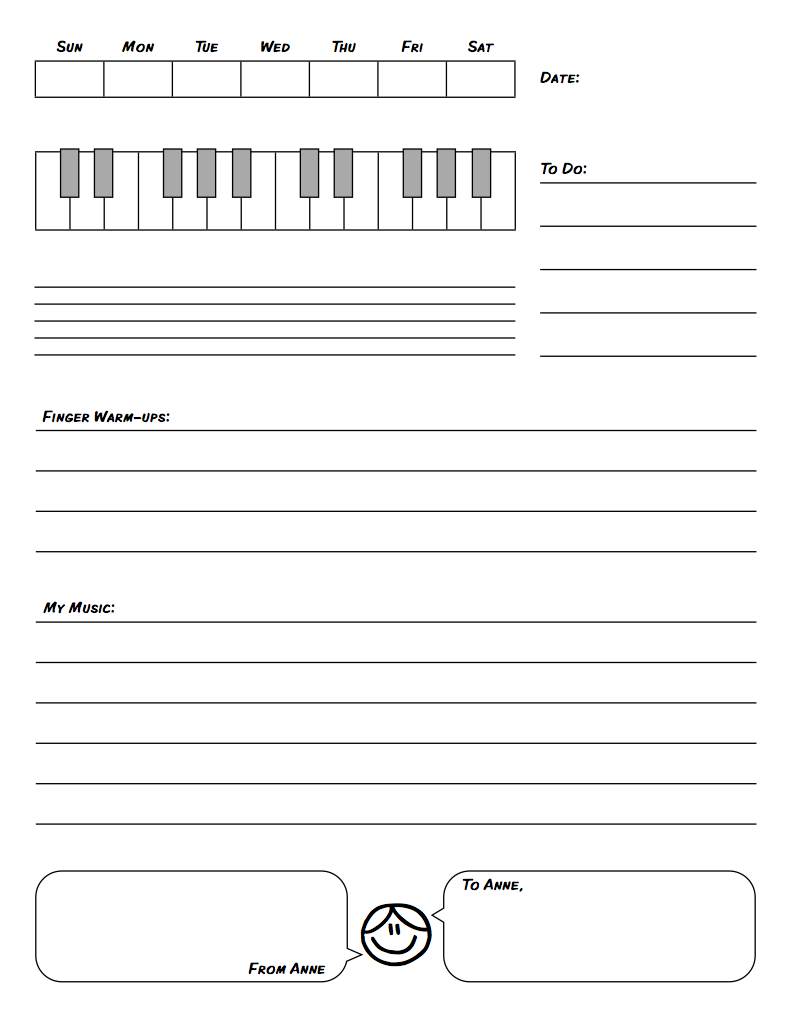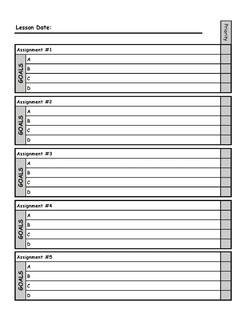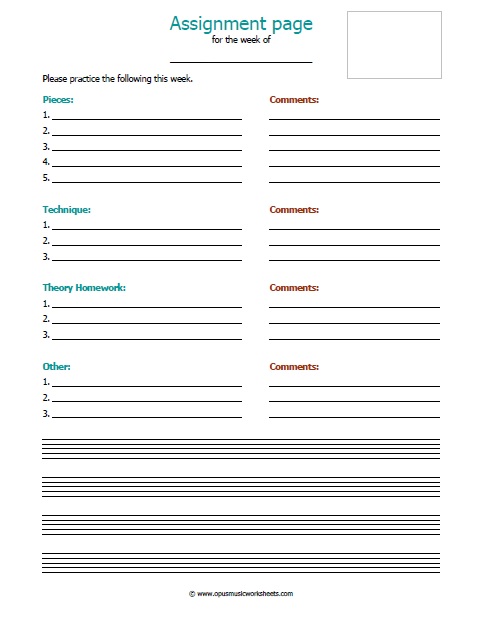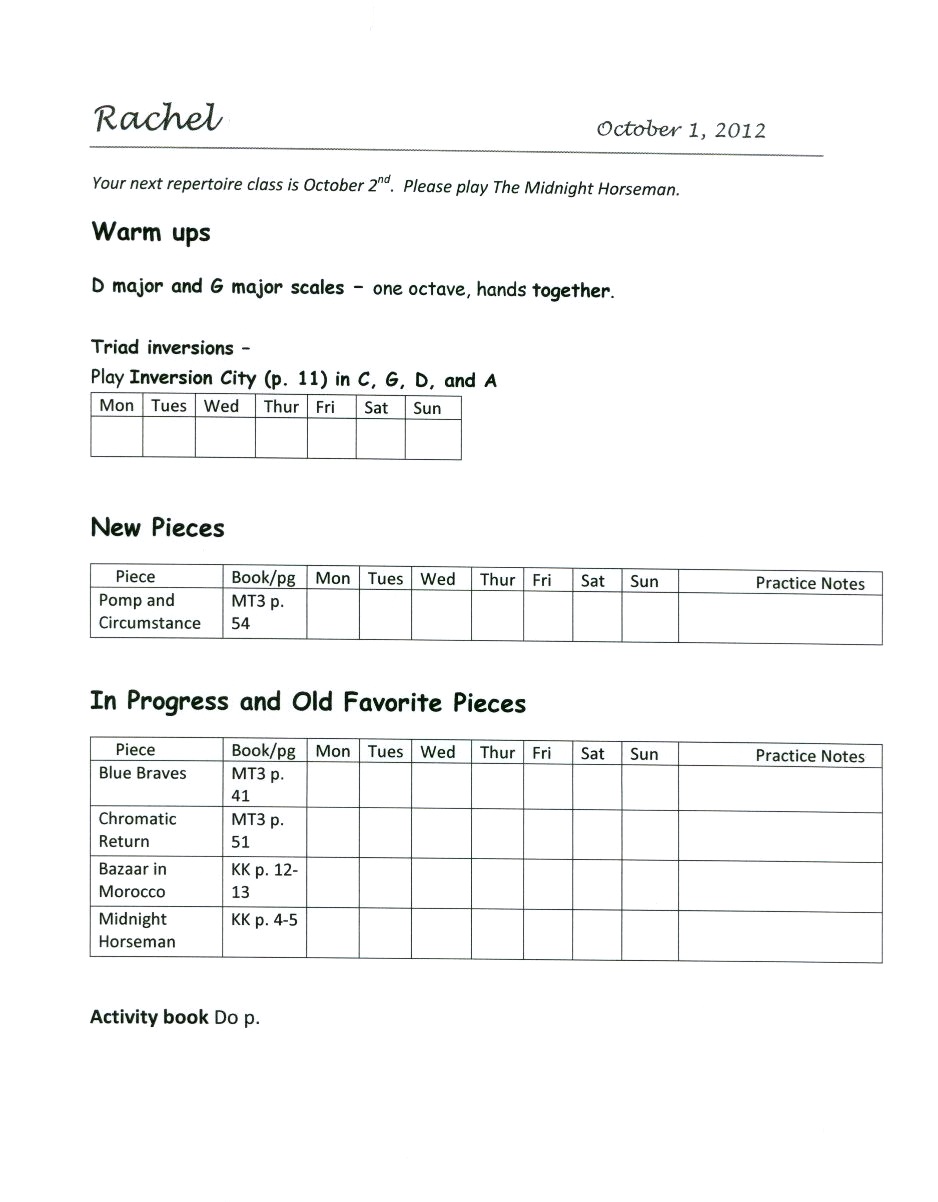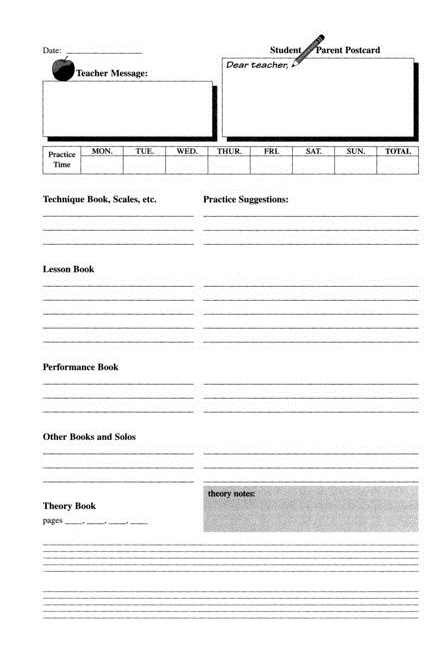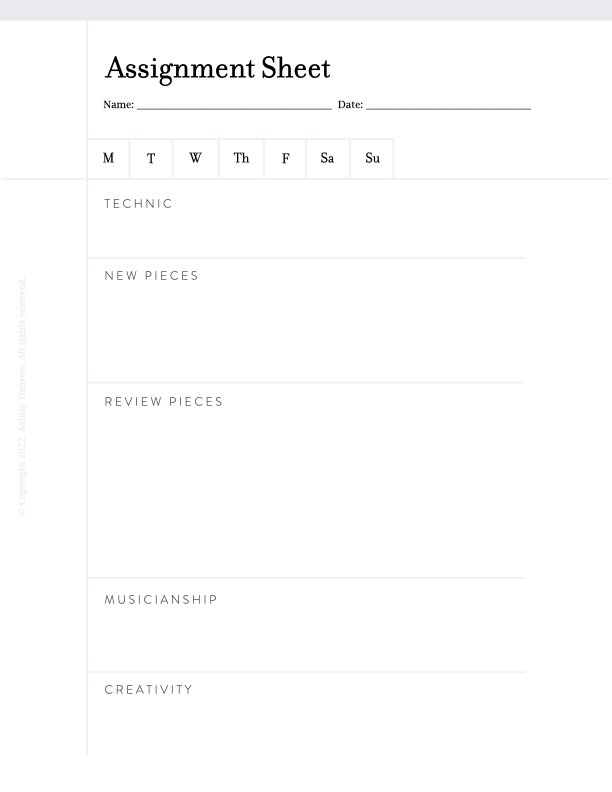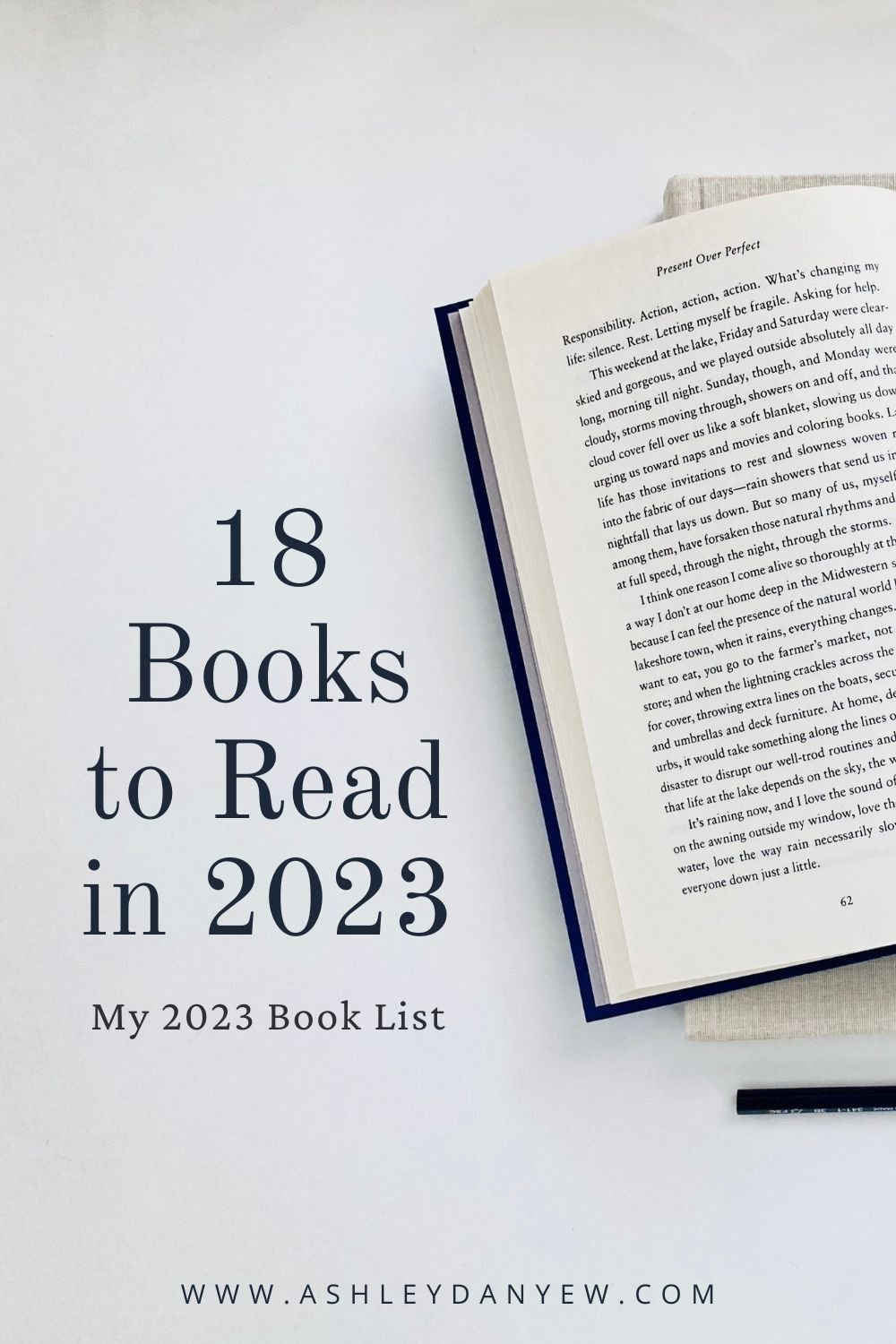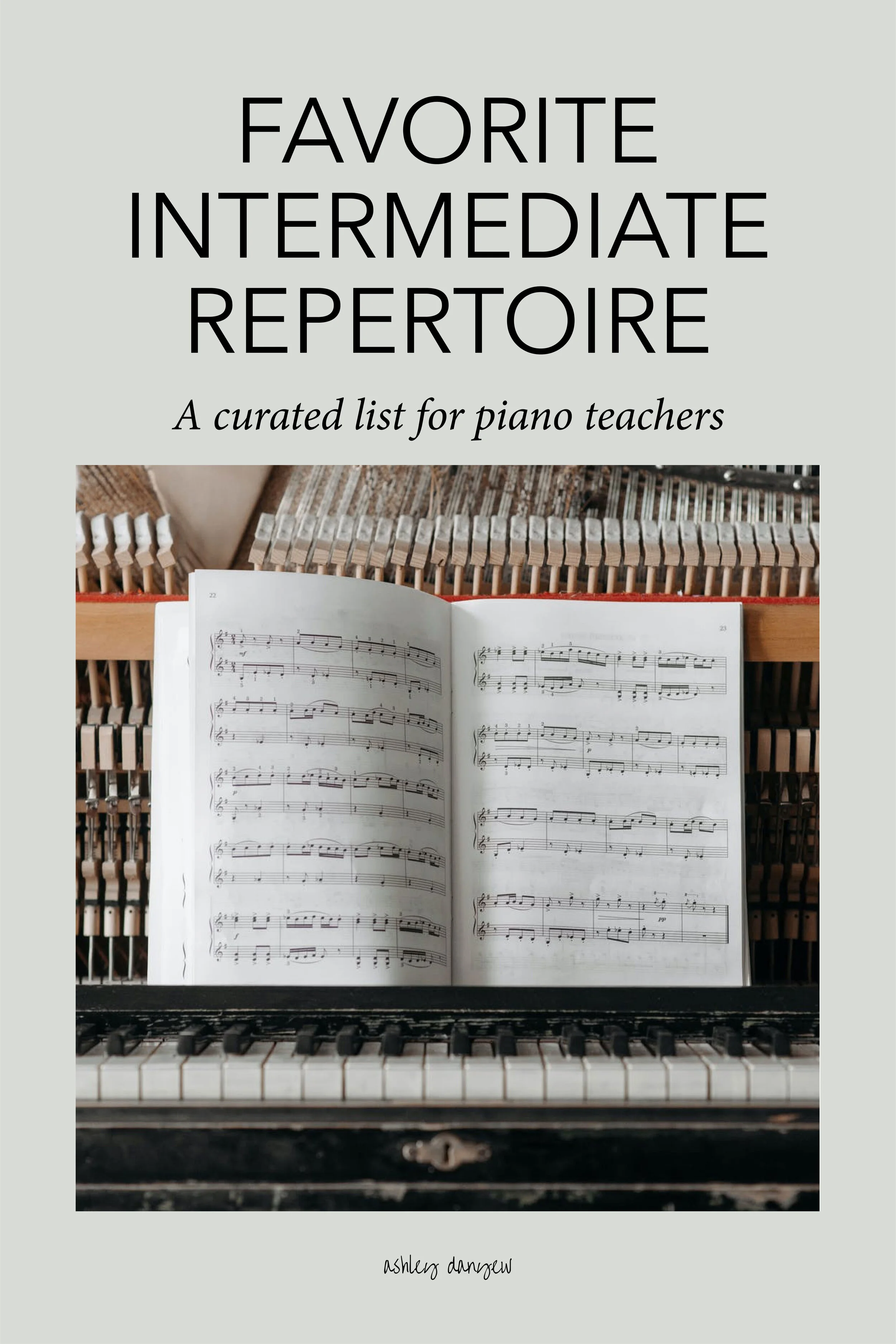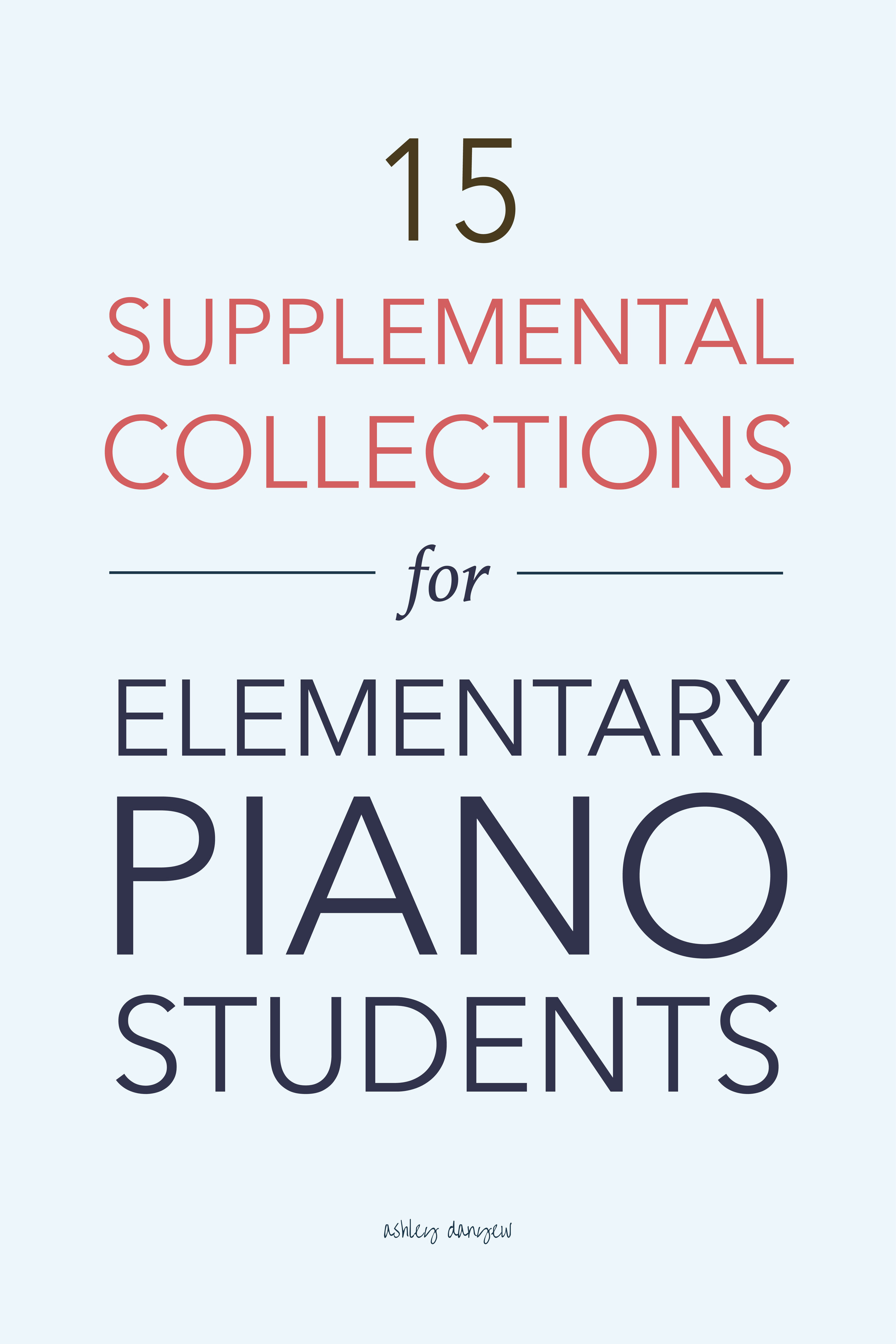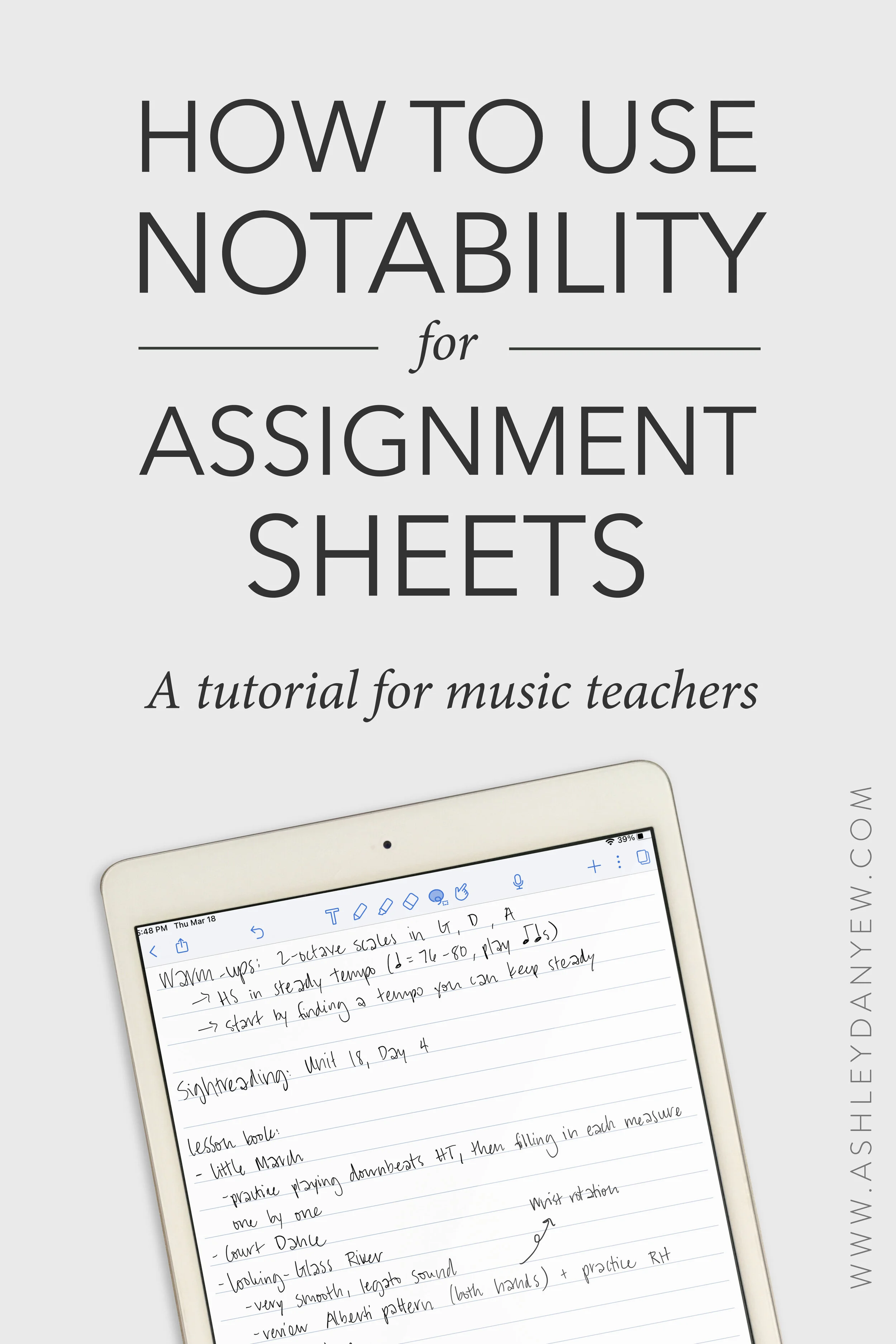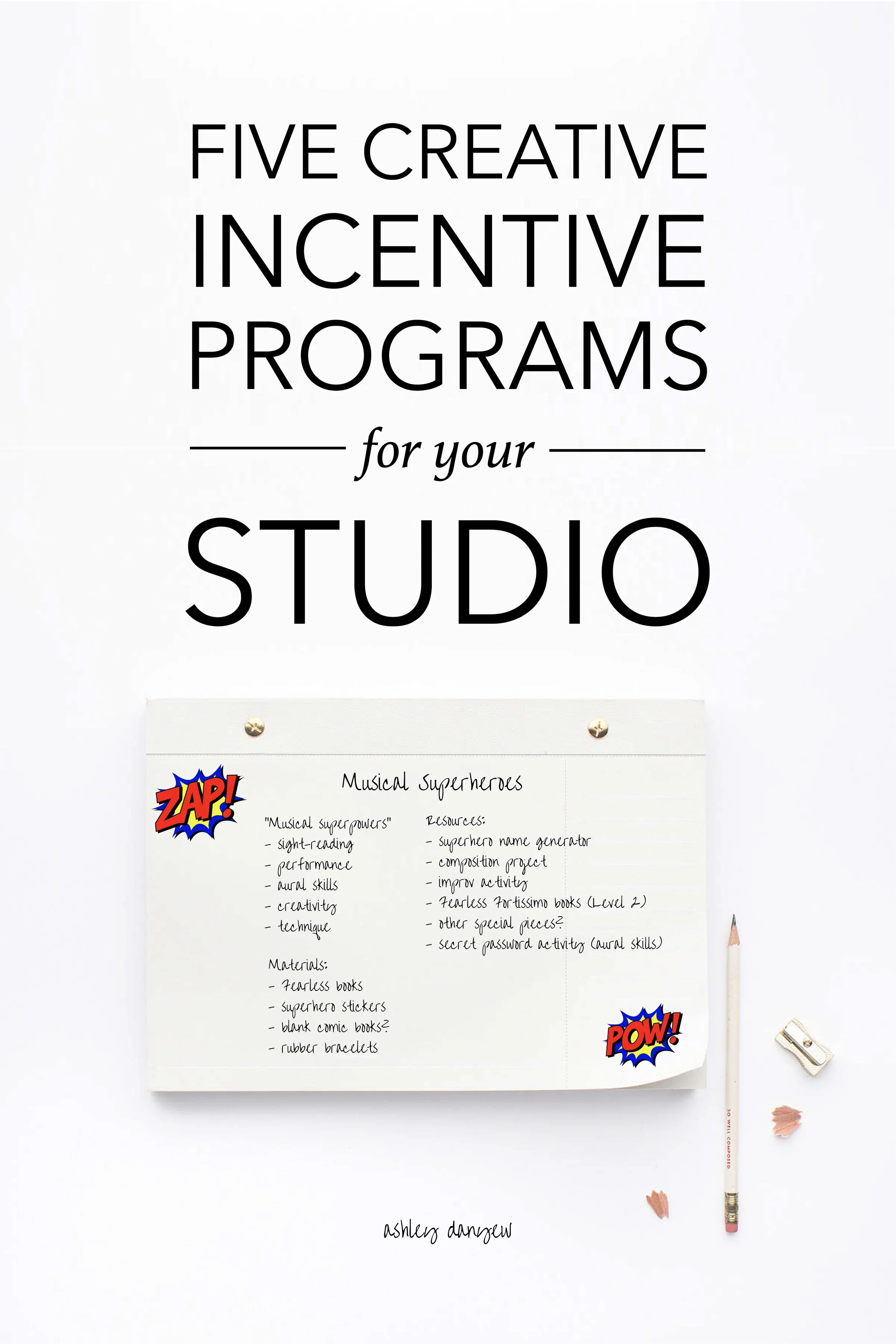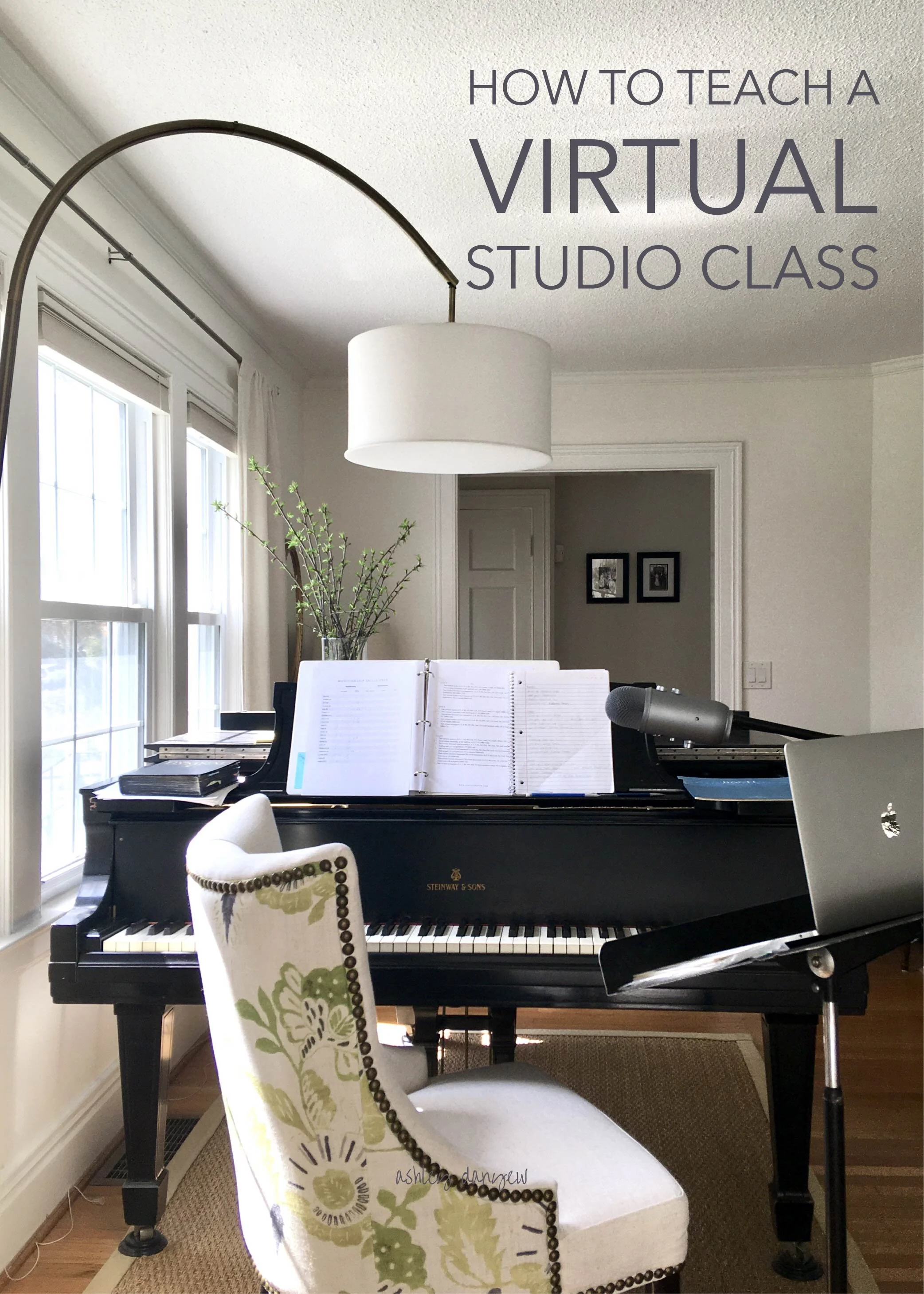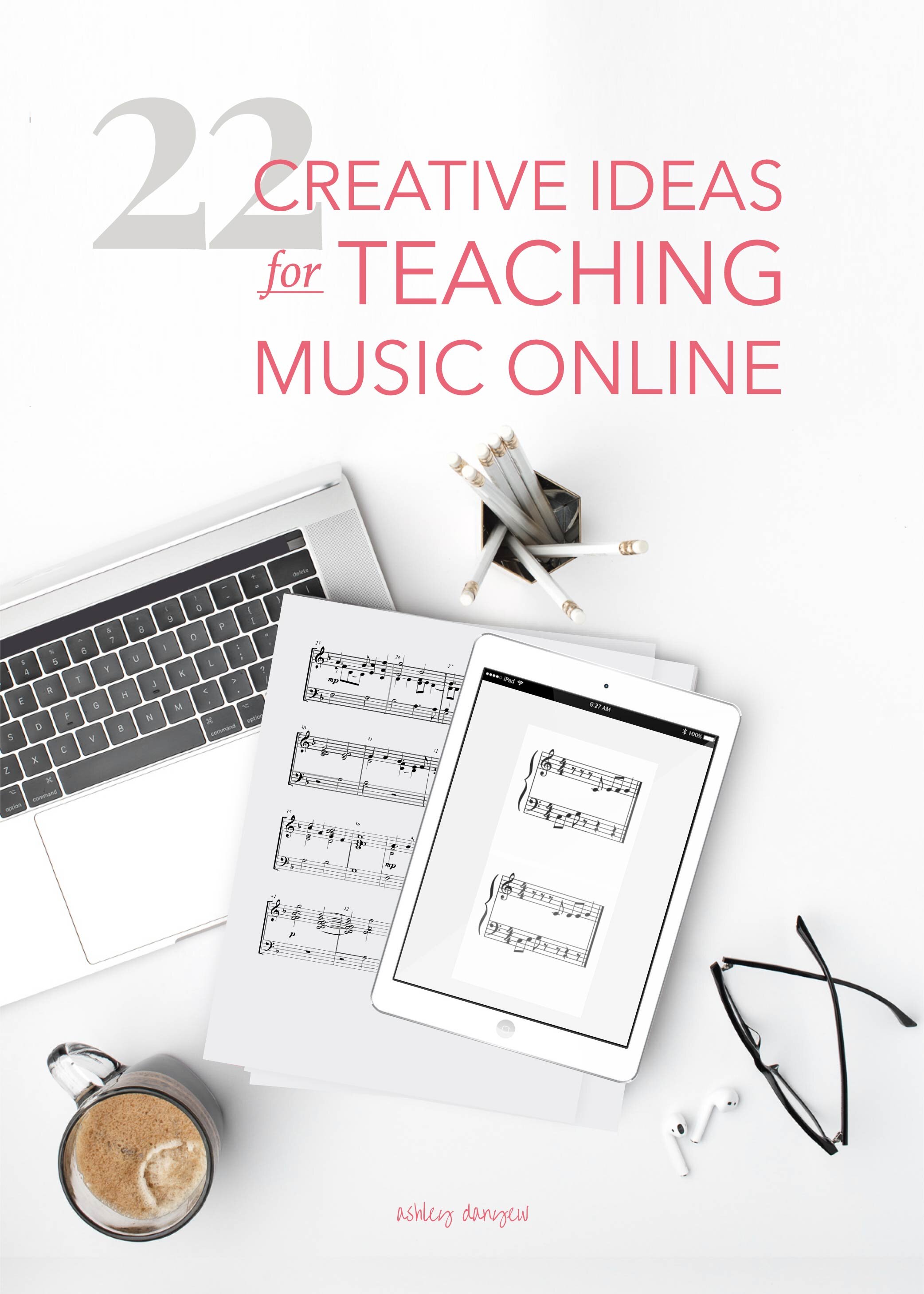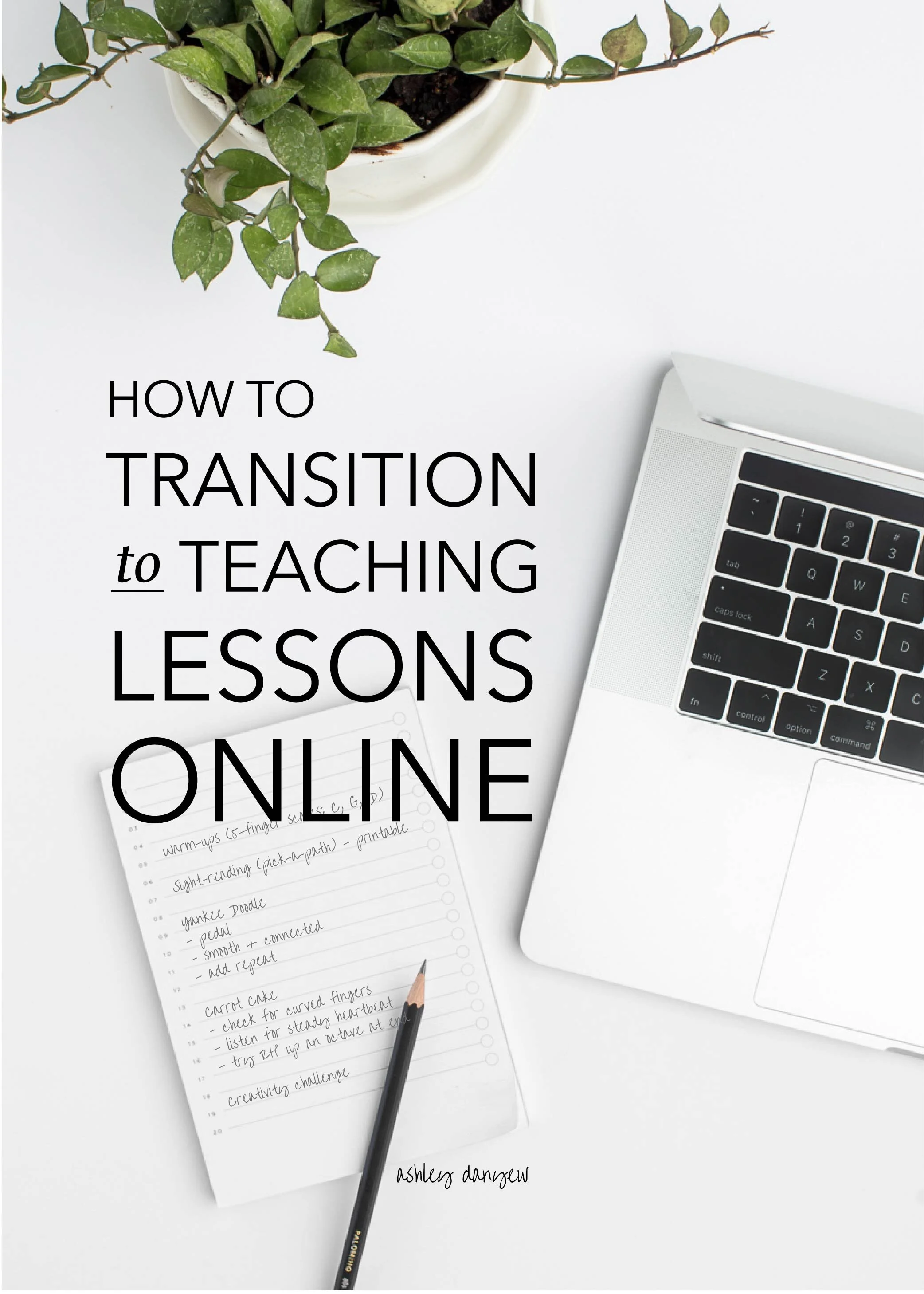Penelope is a bright-eyed, curly-headed girl of almost 8. She often skips into her lesson, singing me the song she composed that week. But one week, in the middle of playing through "Beautiful Dreamer," she fought back tears as she half-whispered, "No one wants to listen to my songs." I put down my notebook and pencil and moved to the bench to sit beside her. "My friends just want to play with me. They don't want to hear me play the piano." We talked about people and how everyone is different. We all like different things and are good at different things. Some people like to be with other people and others would rather be by themselves. "I like to be by myself," she said quietly. "Me, too," I said with a smile. She brushed away a tear from the corner of her eye and we went back to our lesson.
Sometimes, it's more important to sit and talk for a minute than hearing every piece on the assignment sheet. Sometimes, lessons are more about building relationships and trust than playing and making music. As musicians, we know how much our emotions impact what we do. Creating music is a vulnerable act, a bearing of our very souls to those listening. Many times I've felt insecure about this and insecure about my abilities when they are not affirmed by others. Maybe you've been there, too. I want to be a teacher that acknowledges these struggles with openness and honesty. Someone who offer that affirmation and encouragement or at least lend a listening ear and say "I understand. I know what you're feeling." I believe this is part of what we are called to do as teachers. We listen when they're going through a hard time, encourage their pursuit of musical excellence, and celebrate their achievements.
We also laugh at their jokes and smile when they're being silly. Like when Graham, a sandy-haired, blue-eyed 1st grader asked to read me a comic he memorized from the New Yorker. At the end of his lesson, he sat on the bench and "performed" the comic for me with a different voice for each character. His mom said the first thing he told her when he got home was that he "made me laugh" with his story.
We are musicians and supporters, encouragers and facilitators, but we're also listeners and mentors, friends and confidants. We are piano teachers.









